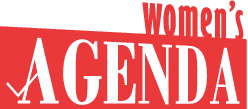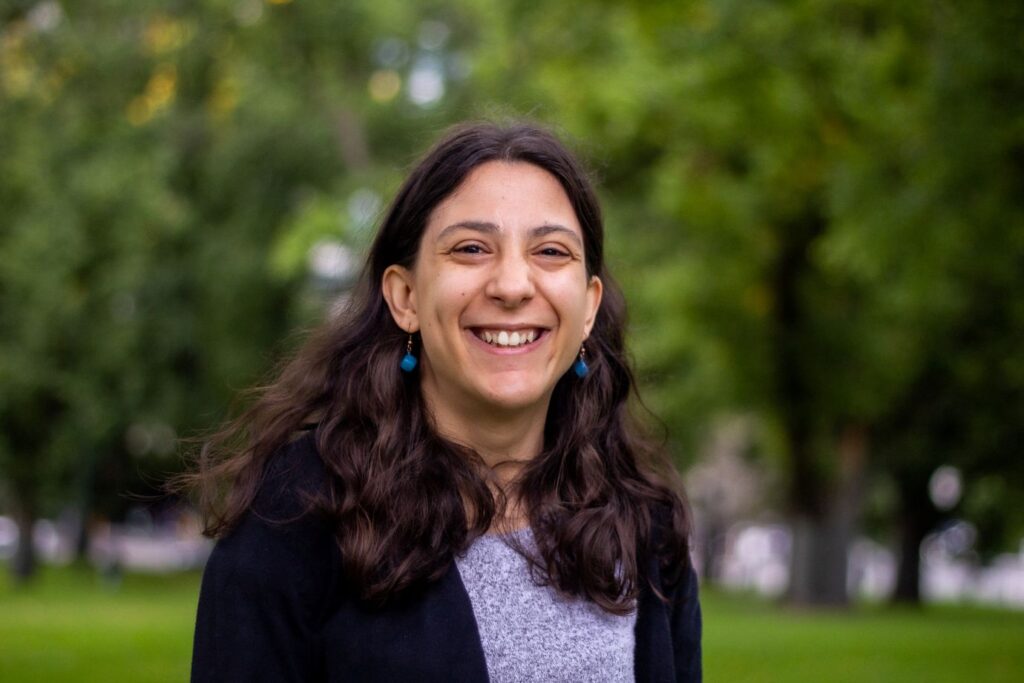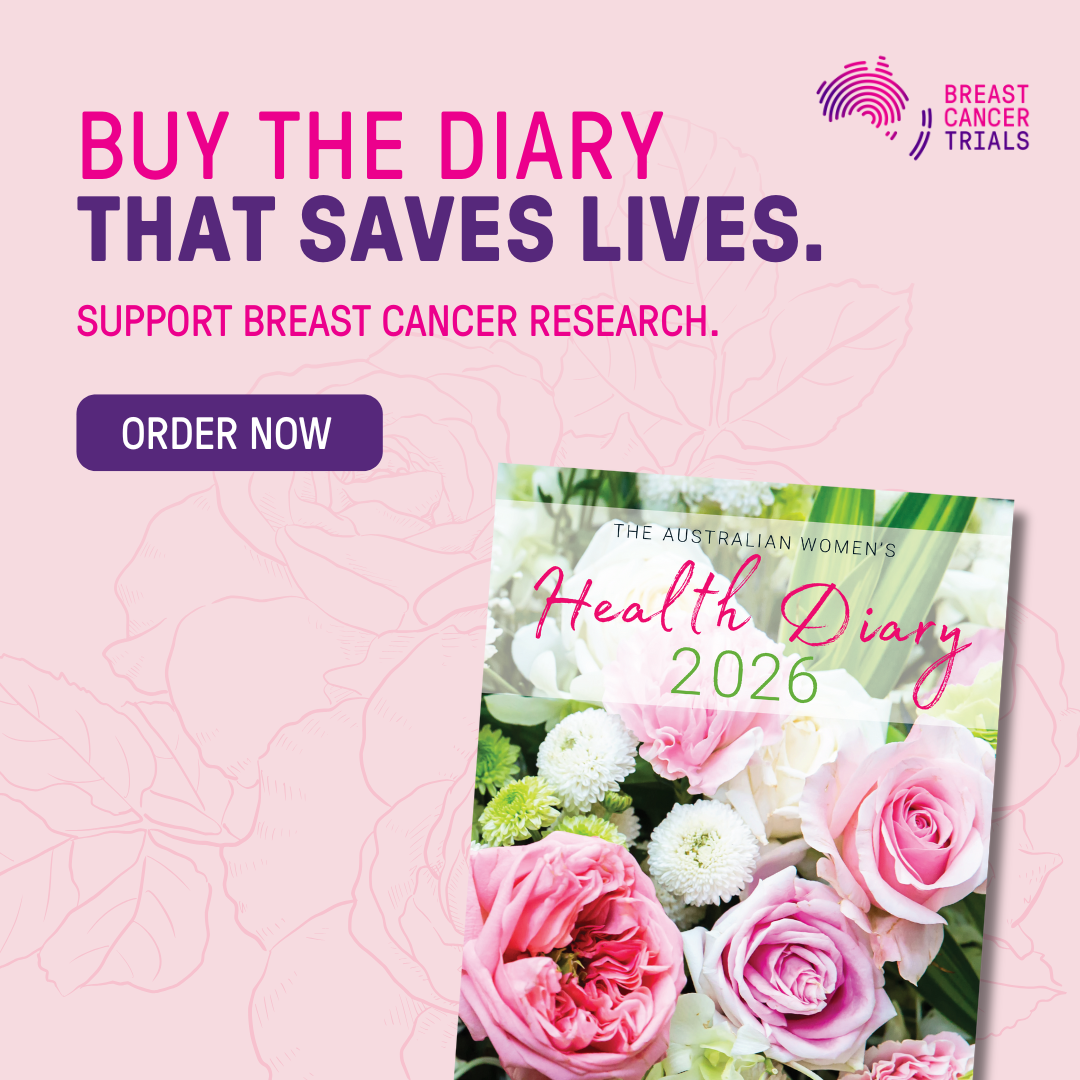“I’d never met another person with cerebral palsy or felt part of a [disability] community until now.”
“I want to reach through the screen and give you a hug!”
These were just a couple of the comments made by young people with cerebral palsy inside a leadership program that I was a part of earlier this year.
Those comments filled me with a mixture of sadness and joy. Sadness, because I know the isolation they felt, have held it in my core and hold it sometimes still. Because I wish these young people had found the disability community earlier. Joy, because they’ve found it now, and so have I.
Disabled young people face a unique set of challenges to accessing supports and services that meet their needs. As of 2022, the ABS reported that almost 20 per cent of disabled young people had been excluded from school-based activity due to their disability. The unemployment rate of disabled young people is 19 per cent, twice that of nondisabled young people. These barriers are exacerbated for people who live in rural areas (approximately 30 per cent of the Australian population).
The Young Changemakers program – designed by people with cerebral palsy for people with cerebral palsy – addresses these barriers. It is built on a commitment to inclusion and disability pride. It is tailored to the access needs of the participants in each cohort. For instance, participants are welcome to participate verbally or use the online chat box, or however best suits them, with cameras on or off.
Young Changemakers aims to rectify the employment disparity between disabled and nondisabled young people through the creation of paid opportunities.
My trajectory is a prime example.
I went from a participant of the program in 2024 (having already gained self and systemic advocacy experience in professional settings), to hosting it the following year. Several other graduates, with varying levels of pre-existing experience, have gone onto casual roles within the organisation.
Crucially, the program also recognises that not all disabled people are well enough to work and affirms that our value is not contingent on how much we can or cannot produce. However, it’s revolutionary for those who can work, particularly those of us who benefit from remote options.
Remote and asynchronous participation has several advantages. It means that people from all over so-called Australia can take part. It’s useful for people who live in rural areas, who might not have any local disability-led programs. And the opportunity for asynchronous participation – posting in an online forum, completing online modules – might be easier for people with slower or less effective internet. The asynchronous (not live) option is also useful for people with energy impairment, who may not have capacity to attend many (or any) live meetings. The online format is also great for people like me who are trying to stay safe during amid flu and COVID-19 outbreaks. In this way, Young Changemakers creates an accessible oasis.
Leadership programs like this, no matter how accessible and inclusive they are, won’t mitigate the challenges disabled people face in the wider world. When we leave the safety of these spaces designed by and for us, we often hit the “crip ceiling” – the term I use as the disabled equivalent of the glass ceiling. I would know – I’ve hit it more than once.
I hit it when I had to climb several flights of stairs to an office, exhausting myself in the process (something that would be much more painful, if not impossible, for me now). I hit it when – time and time again – I’ve been denied or had to decline job opportunities because, despite proving that I could complete the role predominantly from home, an organisation wouldn’t meet my reasonable adjustment.
The thing about the crip ceiling is that it can be broken, smashed, dismantled – pick your adjective – just like so many other barriers we face. All we need is for nondisabled people to commit to breaking, smashing and dismantling it with us.
It’s a slow process – we’re chipping away at the crip ceiling, one bit at a time. Online or hybrid attendance options for work, school or other programs and events make a dent. Asking, respectfully, about access needs and doing your best to meet them does too. It’s a slow process, but not a difficult one. And it means that your event has a bigger potential audience, your product has more potential customers, and your organisation has more potential employees.
Breaking the crip ceiling, like Young Changemakers does, benefits everyone. How will you commit to breaking it with us?


